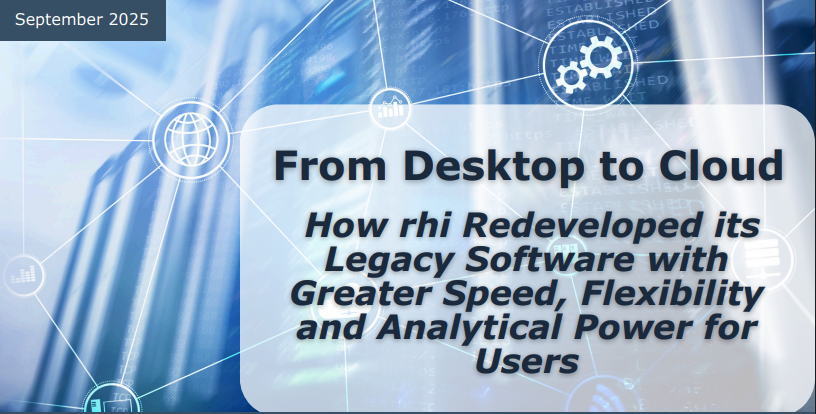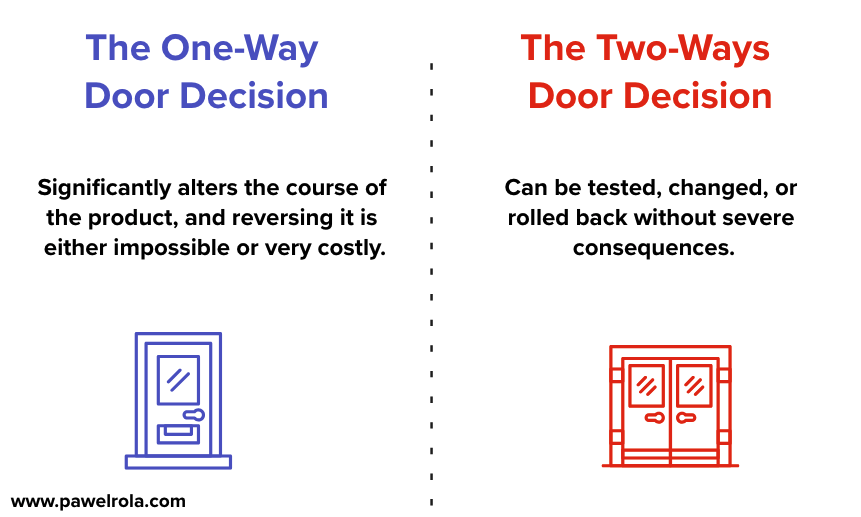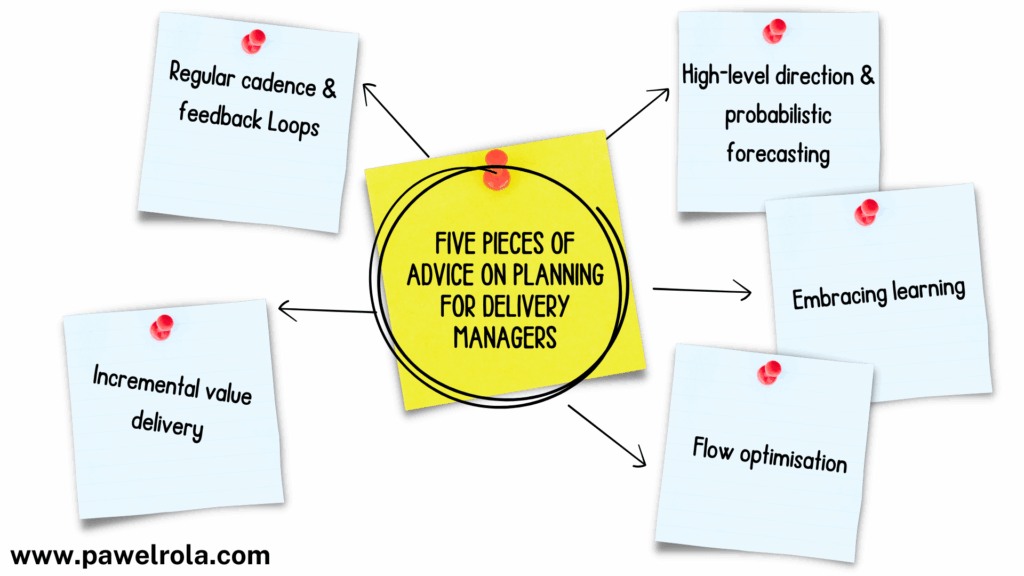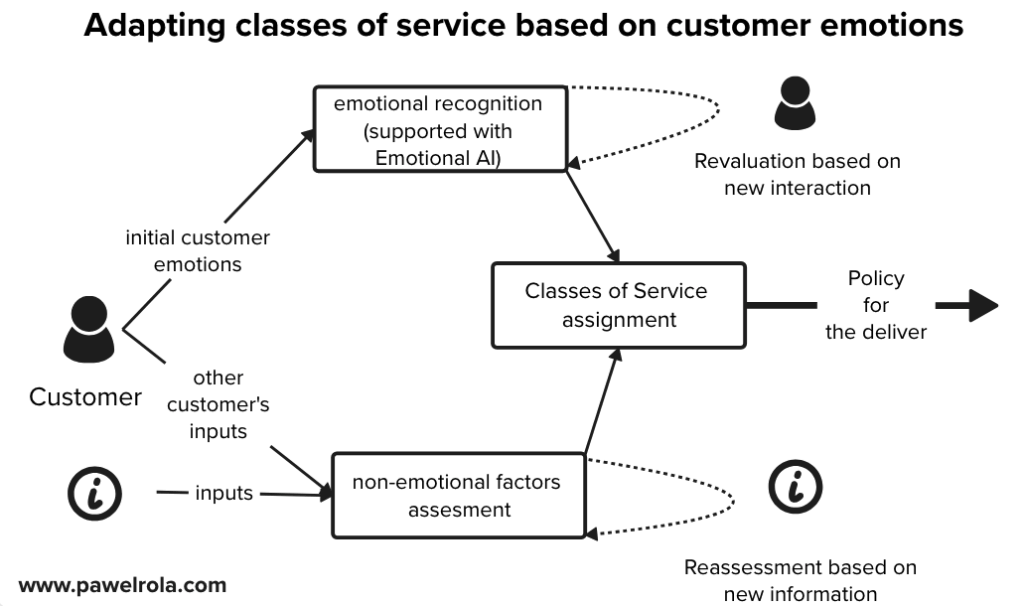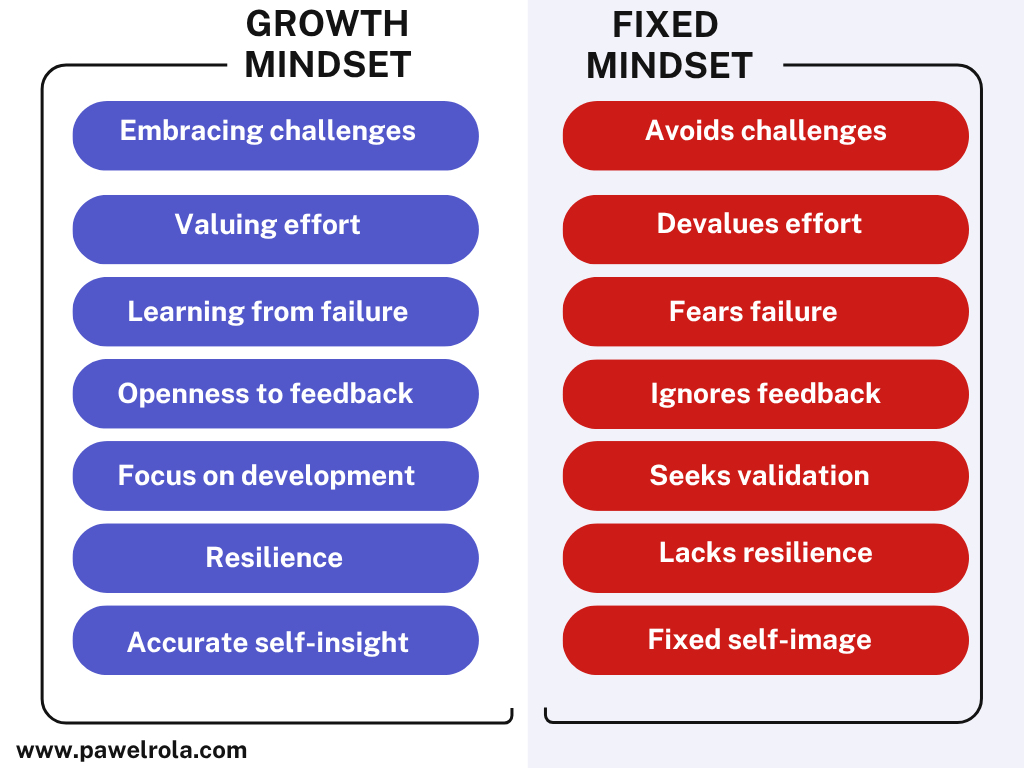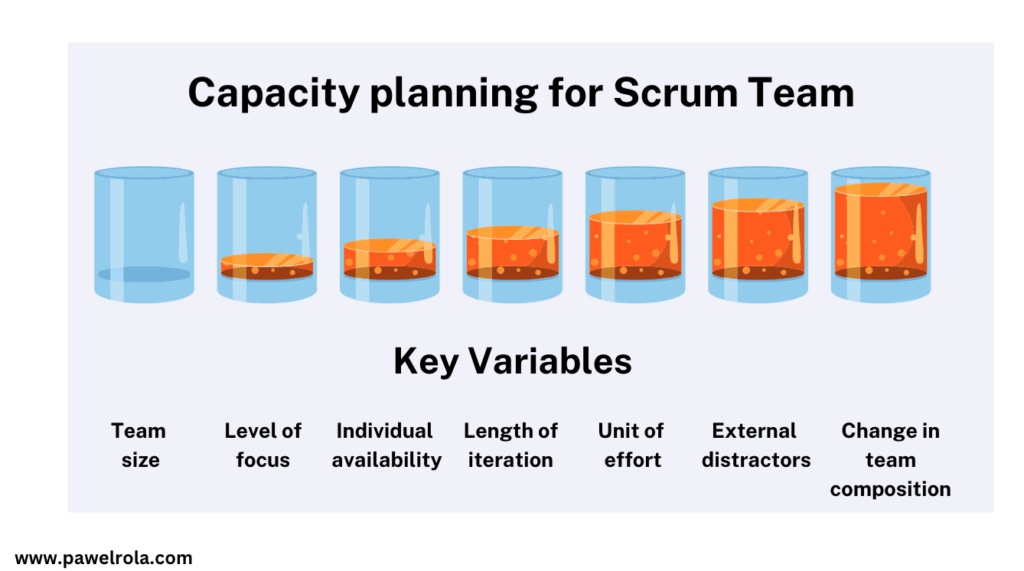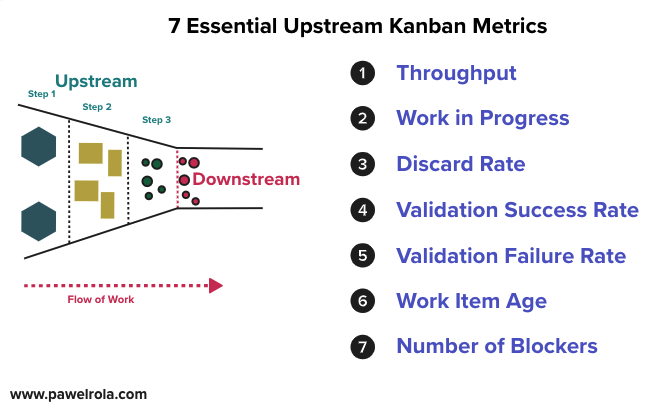18th State of Agile Report (2025): 10 Key Insights Shaping Modern Agile Organizations
I have just finished reading the 18th State of Agile Report (2025). This year’s edition feels different. For almost 20 years, Digital.ai has been collecting insights from Agile practitioners. The new report shows clear patterns and important signals that are hard to ignore. What stood out to me is how organisations are changing their approach […]
18th State of Agile Report (2025): 10 Key Insights Shaping Modern Agile Organizations Read More »

